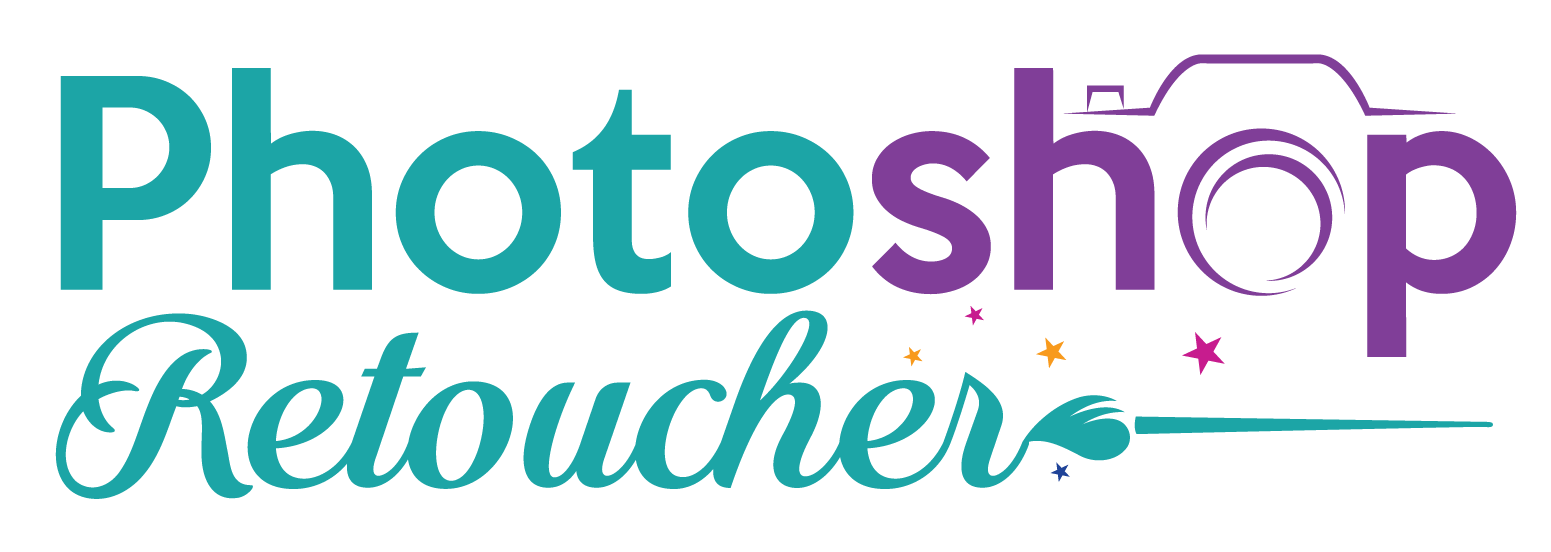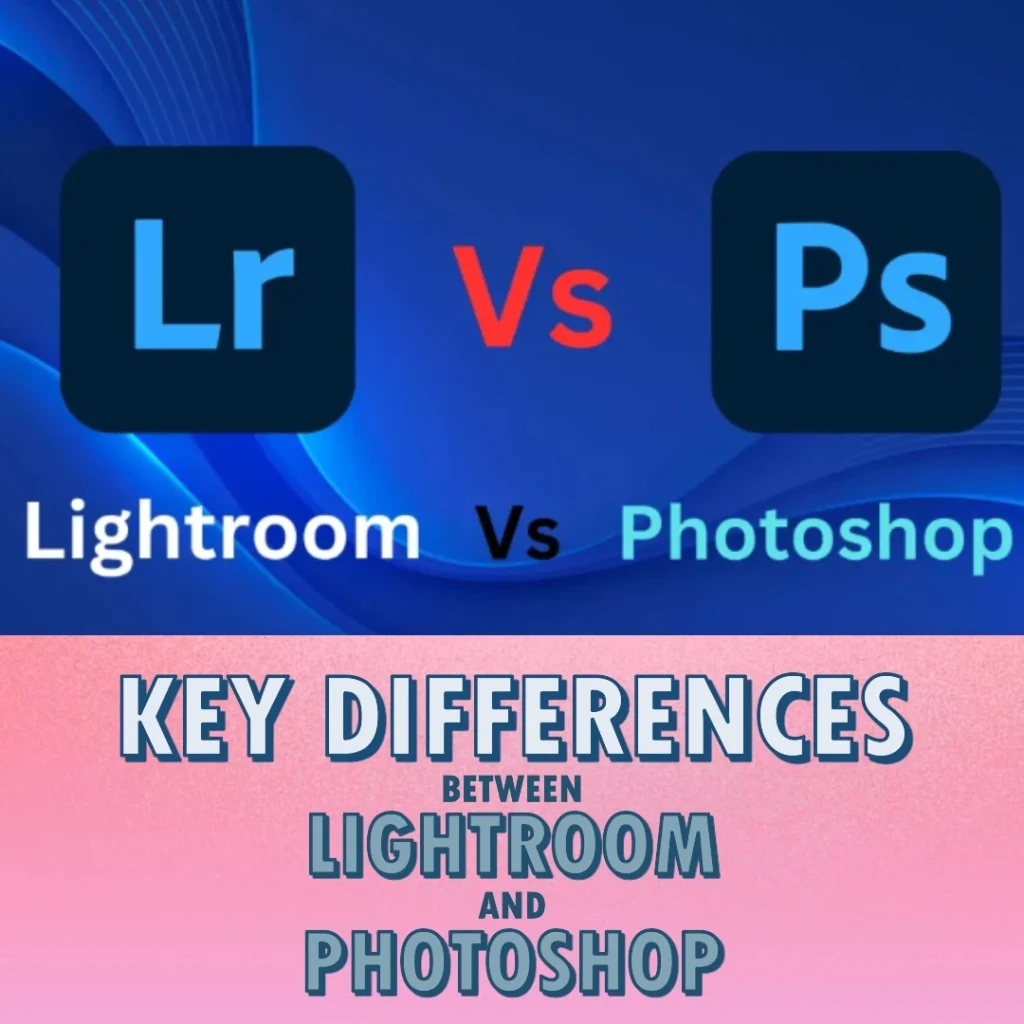Lightroom specializes in photo management and basic editing. Photoshop offers advanced editing and graphic design capabilities.
Lightroom and Photoshop are both powerful tools for photographers and designers. Each has unique strengths and specific use cases. Lightroom excels in organizing and batch processing large collections of photos. It offers non-destructive editing and user-friendly interfaces. On the other hand, Photoshop provides advanced editing features, including layer manipulation, retouching, and graphic design.
It’s ideal for detailed image alterations and creative projects. Understanding these differences helps users choose the right tool for their needs. Efficient use of both can enhance productivity and creativity in digital imaging.
Core Features
Lightroom and Photoshop are both powerful tools for photographers and designers. Each has unique features that cater to different needs. Let’s dive into their core features to understand their differences and use cases better.
Lightroom Essentials
Lightroom is designed for photo management and editing. Here are its core features:
- Non-destructive editing: Edits do not alter the original file.
- Catalog system: Organize and search through your photos easily.
- Preset application: Apply consistent edits quickly with presets.
- Batch processing: Edit multiple photos at once.
- Basic editing tools: Crop, exposure, and color adjustments.
Photoshop Capabilities
Photoshop is a versatile tool for more advanced editing. Here are its core features:
- Layer-based editing: Work on multiple layers for complex edits.
- Advanced retouching: Remove blemishes and unwanted elements.
- Selection tools: Precisely select and edit specific parts of an image.
- Text and vector graphics: Add and edit text and vector shapes.
- 3D design and animation: Create 3D models and animations.
User Interface
The user interface is crucial for any software. It helps users navigate and utilize tools efficiently. Lightroom and Photoshop have distinct interfaces designed for specific tasks. Understanding these differences will help you choose the right tool for your needs.
Lightroom Layout
Lightroom features a clean, simple layout. It is organized into modules. Each module has a specific function. These include Library, Develop, Map, Book, Slideshow, Print, and Web.
The Library module is for importing and organizing photos. The Develop module is for editing. Other modules cater to specific tasks like printing and creating slideshows.
Lightroom’s interface is intuitive. It offers a left-to-right workflow. This makes it easy to follow and use.
Module Function Library Import and organize photos Develop Edit photos Map Geotag photos Book Create photo books Slideshow Create slideshows Print Prepare photos for printing Web Create web galleries Photoshop Workspace
Photoshop offers a more complex workspace. It is highly customizable. Users can arrange panels and tools to suit their needs.
Photoshop has multiple workspaces. These cater to different tasks like Photography, Graphic Design, and 3D. Each workspace offers a set of tools and panels relevant to the task.
Photoshop’s interface is more detailed. It provides access to advanced tools and options. This makes it ideal for complex image editing and graphic design.
Some key components of Photoshop’s interface include:
- Toolbox: Access to various tools
- Layers Panel: Manage layers
- Options Bar: Customize tool settings
- Menu Bar: Access to all functions
The customizability of Photoshop’s interface allows users to tailor it to their workflow. This makes it a powerful tool for professional use.
Editing Capabilities
When comparing Lightroom and Photoshop, understanding their editing capabilities is crucial. Each program shines in different areas, catering to various user needs. This section will explore the key differences and use cases.
Basic Edits In Lightroom
Lightroom excels at basic edits and batch processing. It offers a streamlined workflow for photographers.
- Exposure
- Contrast
- White Balance
- Cropping
- Sharpening
Lightroom’s interface is intuitive, making it easy for beginners. It also supports non-destructive editing, preserving original files.
With presets, you can apply consistent looks across multiple photos quickly. This is ideal for wedding and event photographers.
Advanced Edits In Photoshop
Photoshop is the go-to for advanced edits and fine-tuning. It offers powerful tools for detailed image manipulation.
- Layer Management
- Masking
- Retouching
- Compositing
- Special Effects
Photoshop allows pixel-level control, making it perfect for graphic designers. Its tools enable complex edits that are impossible in Lightroom.
Photoshop also supports a wide range of plugins, extending its capabilities further. This flexibility makes it suitable for various creative projects.
Workflow And Efficiency
Understanding the workflow and efficiency differences between Lightroom and Photoshop is essential for photographers and designers. Both tools offer unique features that can streamline your editing process. Knowing which tool to use can save you time and improve your results.
Batch Processing In Lightroom
Lightroom excels at batch processing. You can edit multiple photos at once. This feature is perfect for photographers with large collections. It allows you to apply the same settings to many images. You can sync settings across selected photos with just a few clicks. This makes Lightroom ideal for managing and editing large photo libraries.
- Apply presets to multiple images
- Sync adjustments across selected photos
- Quickly organize and rate photos
Batch processing in Lightroom is a time-saver. It ensures consistency across your photo collection. You can also create and apply custom presets. This allows for a personalized touch while maintaining efficiency.
Layer-based Editing In Photoshop
Photoshop offers layer-based editing. This feature is powerful for detailed work. Layers allow you to edit parts of an image independently. You can add, remove, or adjust elements without affecting the entire image. This flexibility is crucial for complex editing tasks.
- Create and manage multiple layers
- Use masks to isolate edits
- Blend modes for unique effects
Layer-based editing in Photoshop is ideal for composite images. You can combine several photos into one. This feature is also useful for retouching and adding special effects. It gives you precise control over every aspect of your image.
Feature Lightroom Photoshop Batch Processing Excellent Limited Layer Editing Basic Advanced Library Management Advanced Basic Choosing between Lightroom and Photoshop depends on your needs. Lightroom is best for batch processing and library management. Photoshop excels at layer-based editing and detailed adjustments.
File Management
Effective file management is crucial for photographers and designers. Choosing the right software can make a huge difference. Adobe Lightroom and Photoshop offer unique ways to manage files. Let’s dive into how each handles this task.
Catalog System In Lightroom
Lightroom uses a catalog system for file management. This system keeps track of your photos without altering the original files. The catalog contains information about the photos, including edits and metadata.
Here are some key features:
- Non-destructive editing
- Organize photos in collections
- Use keywords and metadata
- Search and filter options
This catalog system makes it easy to manage thousands of photos. You can find and edit photos quickly.
File Handling In Photoshop
Photoshop uses a different approach for file handling. It works directly on individual files. This means any changes you make are saved directly to the file, unless you save a copy.
Photoshop’s file handling includes:
- Layer-based editing
- Saving in multiple formats
- Smart Objects for non-destructive edits
- Extensive plugin support
Photoshop is ideal for detailed, pixel-level editing. It offers more control over individual files.
Ideal Use Cases
Choosing between Lightroom and Photoshop can be tricky. Each software has its own strengths. Knowing the ideal use cases can help you decide which one to use.
When To Use Lightroom
Lightroom is excellent for managing and editing a large number of photos. It is user-friendly and great for beginners.
- Batch processing multiple images quickly
- Organizing and cataloging photos
- Applying simple adjustments like exposure and color balance
- Non-destructive editing
- Quick export options for web and print
Lightroom’s interface is intuitive. It helps you manage your photo library efficiently.
When To Use Photoshop
Photoshop is perfect for detailed image manipulation. It offers advanced features for creative professionals.
- Retouching and repairing photos
- Creating complex composites and collages
- Advanced layer-based editing
- Adding text and vector graphics
- High-end digital painting
Photoshop provides tools for intricate edits. It’s best for detailed and professional work.
Cost And Subscription
Choosing between Lightroom and Photoshop often comes down to cost and subscription. Both tools have different pricing plans and offer varied value for money. Understanding these differences can help you make an informed choice.
Pricing Plans
Adobe provides various pricing plans for Lightroom and Photoshop. Both are available through the Adobe Creative Cloud subscription model. Below is a table summarizing the key pricing details:
Plan Lightroom Photoshop Photography Plan Monthly Subscription $9.99 $20.99 $9.99 Annual Subscription (Prepaid) $119.88 $239.88 $119.88 The Photography Plan includes both Lightroom and Photoshop. It costs $9.99 per month, making it a popular choice.
Value For Money
The value for money you get from each tool depends on your specific needs. Here are some points to consider:
- Lightroom: Ideal for photo editing and organizing. It offers cloud storage.
- Photoshop: Suitable for detailed photo manipulation. It includes advanced features.
- Photography Plan: Best for those needing both tools. It provides excellent value.
Lightroom’s lower cost makes it accessible for beginners. Photoshop’s advanced features justify its higher price. The Photography Plan offers a balanced solution.
Conclusion
Choosing between Lightroom and Photoshop depends on your needs. Lightroom excels in photo management and quick edits. Photoshop offers advanced editing and complex compositions. Both tools are powerful, but serve different purposes. Understanding their key differences helps you make an informed decision.
Select the one that best fits your workflow and creative goals.

